|
When shopping for wines from Italy, Calabria might not be front and center on your list of regions to explore. However, the wines from this region are worth knowing. A Quick Overview Located in the “toe” of Italy’s boot, this southern Italian region is a stone’s throw away from Sicily, separated by the Strait of Messina. Calabria is surrounded by the Ionian and the Tyrrhenian Seas, making up a beautiful coastline, while inland is comprised of lush forests and mountains. Calabria is no stranger to winemaking, with the ancient Greeks being the first to cultivate grape vines here. Over the centuries, Calabrian wine production waxed and waned in popularity throughout Europe, with the French market eventually edging Calabria out of the picture. The phylloxera epidemic in the 19th century destroyed vineyards, paralyzing wine production, and by the 20th century. competition arose from New World wines. However, Calabria is slowly making a comeback, and the wines produced here are a treat for the palate. Although Calabria has no DOCGs, it has nine DOC titles and ten IGPs, with grape vines occupying approximately five percent of the region’s total wine output. The Mediterranean climate moderates and cools the vineyards with morning and late afternoon breezes, alleviating the intense heat of summer. These samples represent three DOC appellations from different producers. The most well-known DOC appellation is Cirò. Its landscape is flat, close to the sea, and hilly inland. Cirò is famous for its red wine production, specifically the Gaglioppo grape variety, in addition to limited production of Cirò Blanco and Rosato. Ippolito 1845 Cirò Colli del Mancuso Riserva DOC 2019 Ippolito is one of the oldest wineries in Calabria, founded in 1845. The estate is situated on the Ionian coast in the town of Cirò. This wine is 100% Gaglioppe, an ancient and indigenous variety noted for producing soft red wines with berries, cherry, spice flavors, and nice acidity. The grapes for this wine are sourced from a single vineyard in the Mancuso estate. The wine is aged for 12 months in oak barrels. Nose: Cherry, red berries, herbs, and baking spice. Palate: Tart cherry, plum, herbs, vanilla, and soft tannins, with a touch of pepper and red berries lingering on the finish. Alcohol: 14.5% SRP: $25 Pairing suggestions: Ippolito suggests game, roast, and braised meat. Or pair it with mushroom stew, seared tuna, or pizza. Statti Batasarro Lamezia DOC Riserva 2017 The Statti estate is located in Lamezia Terme on the western Calabrian coast. The State family has owned this land since the late 1700s. In addition to wine, they produce olive oil and milk. This wine is 100% Gaglioppe and is aged in oak barrels for 18 months and an additional 12 months in bottle. Nose: Juicy notes of berries, spice, baking spice, cherry, and rose petals. Palate: Raspberry, cherry, vanilla, and a hint of herbs. Tamed tannins and a rich mouthfeel. Alcohol: 13.5% SRP: $15 Pairing suggestions: Lamb, pasta, roasted pork, polenta, or BBQ fare. Magliocco is an ancient red grape variety grown exclusively in Calabria and made in dry and sweet styles. Magliocco Dolce is a sweeter and fruitier profile, whereas Magliocco Canino is known for its robust structure and strong tannins. Terre di Balbia Fervore 2018 IGP 2018 Terre di Balia is located in the medieval village of Altomonte in the province of Cosenza. The company, originally established in 2001, was purchased by brothers Giuseppe and Nicola Chiappetta in 2014. This wine is 100% Magliocco Dolce. The grapes for this wine were sourced from vineyards in Montino land of Altomonte (Cosenza). The wine is aged in French oak barriques, 50% new and 50% used, for about nine months. After bottling, the wine rests in wooden boxes for another 24 months. Nose: Fragrant notes of dark fruit, subtle floral, and spice.
Palate: Succulent dark berries, sweet plum, cherry, dried fruit, a touch of chocolate, and low acidity. Alcohol: 13% SRP: $15 Pairing suggestions: Roasted or grilled red meat, game, pasta, charcuterie, or aged cheese. Calabria is a region to keep an eye on. Add them to your next excursion to the wine store. Your palate will thank me! Until next time… Cheers! Penina To leave a comment or if you have an inquiry, please contact me at [email protected] This morning I woke up in a “pink” mood inspired by a recent sample delivery. The box contained two bottles of rosé, one from California, the other from Languedoc Roussillon, and a variety of tinned fish sourced from Galicia, Spain. Perhaps canned fish has taken a backseat to eating freshly caught fish, but this writer happens to like tinned fish, especially sardines. Although it has been a while, I used to prepare sardine salad made from packed sardines in olive oil or mustard sauce and served it on crackers or toast as an appetizer with white wine. So, this sampling has inspired me to think outside the box again! Let’s talk about the wines. Josh Cellars Rosé 2022 Joseph Carr formed his own wine company in Napa Valley after spending a decade as a world-class sommelier and another decade as a wine industry executive. His dream was to have his own family-owned winery, so in 2005 he began making wines under the label ‘Joseph Carr.’ In 2007 Carr launched Josh Cellars as a tribute to his dad, Josh. Grapes for the Josh Cellar wines are sourced from top California wine-growing regions to create wines with character and complexity. This wine is a rosé blend made with undisclosed grape varieties. Nose: Flowers, red berries, and white stone fruit. Palate: Light and dry with notes of strawberry, citrus, white peach, and crisp acidity. Alcohol: 12.5% SRP: $14.99 Pairing suggestions: Enjoy as an aperitif, or serve with light appetizers, ceviche, fresh fruit, and tinned tuna straight from the tin, mixed in a salad or on crackers. Fleurs de Prairie Rosé 2022 Made by the family-owned Les Grands Chais de France, "Fleurs de Prairie" is named in celebration of the free-spirited wildflowers carpeting their vineyards in the South of France. The grapes for this wine are sourced from vineyards throughout the Languedoc region, some of which have vines that are 50+ years old. The blend for this wine is 43% Grenache Noir, 40% Syrah, 9% Carignan, 5% Cinsault, and 3% Mourvèdre. Nose: Floral, ripe red berries, citrus, and a hint of minerality. Palate: This is a dry, fresh and lively rosé with aromas segueing onto the palate with strawberry and a hint of melon. Crisp acidity and a touch of citrus linger on a long finish making this the perfect sipper at the end of the day. Alcohol: 13% SRP: $20 Pairing suggestions: Drink as an aperitif, or serve with light appetizers, salads, seafood, grilled chicken, and tinned sardines on toast. And now a word about the tinned fish! The Siesta Co. is based in California, but all of its tinned seafood is sourced from fisheries in Galicia, Spain. The fish is wild-caught and sustainably fished, such as using line poles to prevent overfishing. And each tin contains all-natural ingredients packed in organic extra virgin olive oil. White Tuna in Organic Extra Virgin Olive Oil Ingredients: Albacore tuna, organic extra virgin olive oil, sea salt Sustainably line caught through pole fishing to preserve the flavor and texture of the tuna while ensuring the seabed is not damaged. Sardines in Organic Extra Virgin Olive Oil Ingredients: Sardines, organic extra virgin olive oil, sea salt
Sustainably caught off the coast of Galicia, Spain, these wild, all-natural, bone-in scale-free sardines are hand packed individually. Siesta Co. products are available in 3-pack/5-pack and variety packs. There are five fish types to choose from. Pour a glass of rosé and enjoy these fish pairings. Your palate will thank me! Until next time… Cheers! Penina To leave a comment or if you have an inquiry, please contact me at [email protected] If you haven’t tasted Lugana wines yet, you are in for a treat! Lugana is a small DOC located in northern Italy, south of Lake Garda. In addition to being one of Italy’s oldest protected wine-growing areas, it is also one of the few Italian wine regions spread over two provinces, Verona and Brescia. Lake Garda is one of the northernmost Mediterranean climates in Italy despite its location at the foothills of the Alps, and it is Italy’s largest lake. The lake basin was shaped by glaciers from 600,000 years ago, which left behind a significant accumulation of material, the morainic hills, deposited in the large amphitheater of Lake Garda. The lake water is colder than the air in summer and warmer in winter, which significantly impacts the temperature, lessening the hot summers and harsh winters here, and is beneficial to the vineyards. The Consorzio Tutela Lugana DOC said, “The area is characterized by very particular soil, made up predominantly of white clays and limestone, and capable of giving the grapes cultivated here extraordinary elegance and tanginess.” The Consorzio Tutela Lugana DOC was established in 1967 and was the first to be given this status in Lombardy. Their mission is to supervise, defend, and promote, with particular emphasis on protecting and highlighting the qualities of the denomination and its wine. Turbiana is the region’s signature white grape. It is a versatile grape used to make dry, off-dry, sweet, and sparkling wines ranging from light to complex. Because the grape is salty and high in acid, it gives way to wines with delightful freshness, crisp acidity, pleasant salinity, and minerality, with floral notes, white stone fruit, tropical fruit, citrus, and almond. Lugana region produces five distinct styles of wine made from Turbiana, with DOC designation. The styles are Village-level Lugana, Superiore, Riserva, Vendemmia Tardiva (late harvest), and Spumante (sparkling). The DOC stipulates that Turbiana must make up at least 90% of the wine. Here are two Lugana DOC wines that will please your palate. Tenuta Roveglia Limne Lugana DOC 2022
This wine is 100% Turbiana. Grapes are hand-picked from 25 to 35-year-old vines. Fermentation takes place in stainless steel tanks, and the wine then ages four to five months in the tanks. Nose: Floral, citrus, green apples, and almonds Palate: A dry and refreshing wine with citrus, minerality, fresh acidity, and hints of orchard fruit. Alcohol: 13.5% SRP: $15 Pairing suggestions: Aperitif, appetizers, seafood, grilled white meat, salads, or light pasta. Tommasi Le Fornaci Lugana DOC 2022 This is 100% Turbiana. Grapes are obtained from clay soil, giving body and structure, and sandy soil imparting aroma and elegance. The grapes undergo a slow fermentation followed by aging in stainless steel tanks. Nose: Sweet floral notes, orchard fruit, minerality, and citrus. Palate: Floral, tropical fruit, pear, citrus, and minerality. It is fresh and lively with a hint of almond lingering on the finish. Alcohol: 12.5% SRP: $20 Pairing suggestions: Appetizers, cheese, seafood, mushroom risotto, BBQ, or spicy Asian cuisine. Lugana wines are fun to sip year-round. They are easy to pair with most cuisine or enjoy as an aperitif! Until next time… Cheers! Penina This is a sponsored article written for The Consorzio Tutela Lugana DOC for which I received compensation. To leave a comment or if you have an inquiry, please contact me at [email protected] If you’re looking for a fabulous Italian wine and food pairing adventure without traveling to Italy, then check out Destination Lugana in NYC! The Consorzio Tutela Lugana DOC has put together two weeks of celebration, featuring 19 wine producers from northern Italy offering their latest vintages to six restaurants in Manhattan. Destination Lugana begins Monday, June 12th, through Thursday, June 22nd. Please read the press release below to learn more, then click the link to make your reservation. It’s that easy! DESTINATION LUGANA:
Lugana D.O.C wines will flow straight from Lake Garda to the New York restaurant scene for two weeks in June. (June 12-22, 2023) New York, May 31, 2023 – This June, New Yorkers will have the chance to travel through the senses to one of Italy’s most enchanting gems: Lake Garda. Undoubtedly known for its beautiful landscapes and towns, Lake Garda is the site of an underrated secret: Lugana D.O.C, some of the finest white wines in Italy. Lugana is a magical territory encompassing two provinces (Brescia and Verona) and two regions (Lombardy and Veneto), covering almost all of the Lake Garda area. Elegant, fragrant, rich, and savory, Lugana wines come from an indigenous, resilient grape called Turbiana, which maintains high levels of acidity that lend freshness to young wines while also giving Riserva wines an aging potential of over a decade. Destination Lugana is a two-week celebration of this area, during which 19 wine producers will offer their latest vintages to six restaurants and Private Clubs in Manhattan. Each restaurant will curate one reservation-only intimate dinner with specially designed menus to complement these wines’ qualities and main characteristics. In addition, the clubs will offer diverse tasting experiences to their members throughout the two weeks. Made possible by the Consorzio Tutela Lugana D.O.C, which has been monitoring, defending, and promoting Lugana D.O.C. wines since 1990, Destination Lugana is a project that will give New Yorkers the opportunity to familiarize themselves with this little-known territory by going to their favorite spots in the city. The Consorzio Tutela Lugana D.O.C brought producers to the USA in November 2022 for last year’s Destination Lugana. Consorzio President Fabio Zenato remarked, “[the US market] is one of the most important and crucial for the success of our appellation abroad. The Lugana D.O.C region is small but mighty, producing exquisite wines beloved by the local population and vacationers that flock to its breathtaking surroundings.” The annata (vintage) that Destination Lugana will feature these two weeks is the powerhouse of the entire appellation: its production range covers almost 90% of the D.O.C. The vintage has a light straw yellow color with green reflexes, and its aroma is a delicate, subtle mix of floral and almond notes with a harmonious, rich, defined, tight, and luscious taste. Destination Lugana will start on Monday, June 12th, and last until Thursday, June 22nd, 2023. All information on this event series, the participating wineries, restaurants, and clubs can be found here: Destination Lugana or https://www.destinationlugana.com/restaurants-lugana/ Here is a list of the six restaurants – and the dates for their dinners – taking part in Destination Lugana: IL FIORISTA (Monday, June 12, 2023) VICEVERSA (Tuesday, June 13, 2023) GNOCCO (Monday, June 19, 2023) HEARTH (Monday, June 19, 2023) MISIRIZZI (Wednesday, June 21, 2023) OSTERIA CARLINA TRIBECA (Thursday, June 22, 2023) Destination Lugana invites New Yorkers to indulge in the world of Lugana D.O.C wines from the comfort of their own city while waiting for them to discover this territory in person. While Lugana D.O.C has enjoyed an underground reputation for those in the know, the Consorzio is enthusiastic to share these wines with the world, a takeover that is sure to reflect the resilience of the region. I’m feeling nostalgic about my captivating trips to Sicily, and wish I could be there now. So the next best thing is opening a bottle of wine produced in Sicily! I love a wine that fills your senses and can connect you to a particular region and terroir. It’s magical! So, travel with me to Sicily via the nose and palate with these three gems! Donnafugata SurSur 2021 Grillo, Sicilia DOC SurSur is made with 100% Grillo grapes. It is an ancient indigenous variety and one of Sicily’s best-known grapes found throughout western Sicily. It is noted for its citrus flavors, sweetness, and mild acidity. Due to the innovation of winemakers, Grillo has a wide range of styles, from crisp and savory, to structured and mature. Historically, Grillo was used to produce Marsala wine because of the grape’s high sugar levels, making it ideal for producing fortified wines. However, Catarratto has taken the lead in Marsala production. It is interesting to note that in 1848 Grillo became a hybrid of Zbibbo and Catarratto. The grapes for SurSur are harvested from Donnafugata’s Contessa Entellina Estate Vineyard located in the Southwestern part of Sicily. The wine is aged in tanks for two months and then a minimum of three months in bottle before release. I have reviewed several vintages of SurSur, and it never disappoints. Nose: Floral, white stone fruit, melon, citrus, and a hint of basil. Palate: Fresh and lively with notes of peach, pear, tropical fruit, and a touch of herbs. Alcohol: 13.5% SRP: $24.99 Pairing suggestions: Enjoy as an aperitif or with appetizers, seafood, paninis, and salads. To quote Donnafugata, “SurSur is a fresh and fruity Grillo with a young twist.” Mandrarossa Cartagho 2018 Sicilia DOC Mandrarossa is a brand created by Cantine Settesoli, located in Menfi, on the island’s southwestern side. Cantine Settesoli was founded in 1958, and it is the largest winery in Sicily and a source of ongoing research and innovative ideas. Mandrarossa is Settesoli’s top brand which emerged in 1999. The grapes for this 100% Nero d’Avola are sourced from vineyards in Menfi at 150 meters above sea level in limestone and sandy soils. This wine is aged one year in barrique and then another four months in bottle. I reviewed the 2017 vintage in February 2022, and this 2018 vintage is just as amazing! Nose: Enticing aromas of berries, dark cherry, and a touch of baking spice and pepper. Palate: Blackberries, ripe cherry, spice, with a touch of plum, dates, and dark chocolate. It is fresh, with good acidy, soft, ripe tannins and subtle minerality. Alcohol: 14% SRP: $25.99 Pairing suggestions: Aged cheese, beef stew, seared tuna, pasta, or game. Vecchioflorio Marsala Superiore DOC 2018 Cantine Florio produces this fortified wine. Marsala wine is made exclusively in and around Marsala, a town in the province of Trapani in the westernmost part of Sicily. Although Marsala is commonly known as a cooking wine that enhances many recipes, a variety of Marsala wines are to be enjoyed as an aperitif or sipped with main courses and desserts. Marsala wines range from dry to sweet. This Marsala is a blend of Grillo and Catarratto grapes and is a sweet wine. One of the secrets of quality Marsala is aging, which is why Vecchioflorio ages in oak barrels of different capacities for at least 24 months and then a minimum of two months in bottle. Nose: Delicious notes of apricots, dried figs, licorice, and a hint of almonds. Palate: Aromas segue onto the palate with dried fruit, raisins, vanilla, and baking spice that lingers on a long finish. This is a rich and elegant wine. Alcohol: 18% SRP: $14.99 Pairing suggestions: Enjoy as an aperitif or with medium-aged cheese, green vegetables, endive with goat cheese, smoked meats, or desserts, especially chocolate! Enjoy a glass of these wines and transport you and your palate to Sicily! Until next time…
Cheers! Penina To leave a comment or if you have an inquiry, please contact me at [email protected] Several years ago, I had the pleasure of dining with Domingos Soares Franco in New York City. For those who might not know him, Domingos is co-owner and senior winemaker at José Maria da Fonseca, a historic family-run winery in Portugal. Domingos and his brother António are the sixth generation to run this winery. And now, three members of the 7th generation have joined the team. On a recent trip to Alentejo, Portugal, I was ecstatic to have the opportunity to meet again with the now semi-retired Domingos! He is as charismatic and engaging as when I first met him in 2019. His passion and enthusiasm shine through in all he does, including producing outstanding wines. Domingos has the distinction of being the first Portuguese national to graduate with a degree in Fermentation Sciences (Viticulture and Oenology) from the University of California, Davis, in 1981. As he explained in 2019, “In the 1970s, there were no wine schools in Portugal or nearby, so I went to America to learn.” In addition to the knowledge he acquired from being part of one of the oldest and most prestigious wineries in Portugal, he returned from America with a newfound insight that influenced his approach to vine growing and winemaking. By 2020, Domingos had completed 40 harvests! José Maria da Fonseca was established in 1834 and is one of Portugal’s most historic wine producers. Its headquarters are in Azeitão on the Setúbal Peninsula. It is the fourth-largest winery in Portugal, with more than 650 hectares of vineyards and an extensive collection of Portugal’s top local varieties. Their vineyards are in several wine regions around Portugal, including Douro, Vinho Verde, Alentejo, Dao, and Setúbal. Alentejo has eight sub-regions, and the vineyards for José Maria da Fonseca are located in Reguengos, the largest of these sub-regions, where some of the oldest vineyards of Alentejo can be found. The landscape is dramatic, scattered with rocky outcrops and poor, stony soil. A continental climate consisting of cold winters and hot summers, along with the soils, strongly influence the viticulture here, producing powerful and full-bodied wines. Casa Agrícola José de Sousa Rosado Fernandes was purchased in 1986, which includes the Herdade do Monte da Ribeira. The property is rich in history and esteem and has produced wine since at least 1878. With the purchase of the property, José Maria da Fonseca made an old dream come true by producing wine in Alentejo using traditional winemaking techniques initiated by the Romans over 2000 years ago. In keeping with this tradition, an ancient fermentation method occurs in clay amphorae, referred to as Tahla winemaking. The winery has possession of 120 clay amphorae ranging in age from the year 1895 to 1908. Domingos said, “The Romans brought the clay pots to this region, but it was invented in Georgia.” He added, “After a trip to Georgia and tasting wines from clay pots, that was it. I was taken with the aromas and flavors of both white and red wines. Over time, the wines develop such complexity.” His collection of amphorae comes from three different origins in Portugal, but Domingos feels the clay pots made locally are the best. “The amphorae are very hard to replace and can’t be touched in winter because they are so slippery from the humidity and will break.” Slide show photo credits: Penny Weiss We tasted eight wines while visiting the winery, all of which were a treat for the nose and palate. Here is a small sampling of these captivating wines. Dona Julieta Reserva 2020 This is a blend of Aragonês, Trincadeira, Syrah, and Alicante Bouschet. The grapes are fermented in stainless steel vats and aged six months in French and American oak. Nose: Dark fruit, plum, earthy Palate: Rich dark fruit, a hint of fennel and chocolate, soft tannins, and nice acidity. Alcohol: 14% Pairing suggestions: Grilled meat, game, veggies, or cod. José De Sousa Mayor 2018 This wine is a blend of Gran Noir, Trincadeira, and Aragonês. Domingos described Grand Noir as a small and very concentrated berry with distinctive notes of coffee and dark chocolate. He added that during fermentation, one can smell the flavors. “It is a fantastic variety.” Fermentation for this wine takes place in talhas with part of the must, skins, and 30% stems. The other portion is fermented in lagares. A lagare is a large, open vat made of stone. The wine is aged for nine months in new oak barrels. Nose: Ripe fruit, figs, dates, spice, a touch of leather, and wood. Palate: Dark fruit, sour cherry, rich flavor, complex and balanced with smooth tannins and a long finish. Alcohol: 14.5% Pairing suggestions: Cheese, game, vegetable risotto, or potato casserole. Puro Talha Red 2015 A blend of Grand Noir, Trincadeira, Aragonês, and Moreto is vinified in 100% clay pots. No oak is used. Nose: Floral, mineral notes, red fruit, nuts, clove,
Palate: A robust and complex wine with berries, earth, clay, and spice. A hint of savory lingers on a long finish. Alcohol: 14% Pairing suggestions: Grilled red meat, game, seared tuna, cod, stews, or cheese spread. When asked about climate change, Domingos briefly replied, “I want to get ahead of climate change by experimenting and changing the clones. I think the best approach is to try different clones, definitely not change the varieties. José Maria da Fonseca has 34 brands, a market presence in 70 countries, and exports 60% of its production. Their wines are noteworthy and worth seeking out. To learn more about Alentejo, its diverse terroir, wine producers, and reviews, please click “Alentejo” on the Category menu at right. Until next time… The month of April is ending with her classic “April showers” all weekend long. And we all know what May brings! I’m looking forward to May flowers, warmer weather, spending more time outdoors, and taking the kitchen outside for the grilling season. Just because the warmer months are almost upon us does not mean one has to pack away the red wines along with mittens and boots. On the contrary, red wines are to be enjoyed year-round and are a great accompaniment to many summer dishes. So to kick off the season, I’ve rounded up a selection of six red wines that will pair beautifully with whatever you might have on the grill. The wines range from $13.99 to $25.00 and will not disappoint your palate. Bodegas Valdemar Conde Valdemar Crianza 2018 Bodegas Valdemar Winery is located in Oyon, Alava Spain, and has a history of winemaking dating back to 1889. They have 300 hectares of vineyards throughout Rioja and are considered one of the largest estates in Rioja. Grapes for this wine are a blend of 89% Tempranillo, 7% Mazuelo, and 4% Graciano sourced from estate vineyards in Rioja Alavesa and Rioja Alta. The wine is aged in American oak barrels for 17 months. Nose: Fragrant notes of blueberries, cherry, and baking spice. Palate: Juicy dark berries, cherry, vanilla, and earthy. Tannins and acidity are well-balanced, with dark fruit lingering on a long finish. Alcohol: 14% SRP: $19 Pairing suggestions: Cheese platter, grilled meat, tuna, veggies, pasta, stews, and pizza. Veramonte Pinot Noir 2020 Viñedos Veramonte is an organic estate located at the extreme eastern end of Chile’s Casablanca Valley. The Veramonte vineyards are in both Casablanca Valley and Colchagua Valley. This wine is made with 100% Pinot Noir organic grapes from Casablanca Valley. It is aged for eight months in natural oak. Nose: Red berries, bing cherries, a hint of spice, and earthy. Palate: Strawberry, raspberry, and plum dance on the palate. Fresh with good acidity, silky tannins, and a long, savory finish. Alcohol: 13.5% SRP: $13 Pairing suggestions: Grilled meat and poultry, risotto, pasta, or seafood salad. Cline Eight Spur Zinfandel, Dry Creek Valley 2020 This California wine is produced by Cline Family Cellars, established in 1982, a family-owned and operated winery. The grapes for this 100% Zinfandel are sourced from Dry Creek Valley in Sonoma County, one of the oldest growing areas in California. The valley holds the daytime heat, ripening grapes until sundown when cool ocean breezes whistle through the canyon, extending the growing season to increase varietal complexity. The wine is aged in 40% new French oak for 15 months. Nose: Berries, dark cherry, plum, and baking spice with a hint of lavender. Palate: Aromas segue onto the palate with notes of raspberry, blackberry, blueberry, and vanilla. It is rich, smooth, and well-structured, with sour cherries and vanilla lingering on the finish. Alcohol: 14.5% SRP: $25 Pairing suggestions: Grilled anything! BBQ ribs, spicy cuisine, pizza, seared tuna, or roasted leg of lamb. Graffigna Glorious Collection Malbec 2020 Graffigna was established in 1870 when Santiago Graffigna left Italy and arrived in San Juan, Argentina, bringing with him his passion and wine expertise. It is considered one of the oldest wineries in San Juan. Today, Santiago’s vision and spirit are honored with each bottle produced, and care is taken to maintain the quality and character of the grapes. The grapes for this 100% Malbec are sourced from the Uco Valley in Mendoza. 70% was aged in French oak for 12 months, and 30% in concrete and stainless steel vats. Nose: A touch of violet, plum, sour cherry, and baking spice tease the senses. Palate: Concentrated and juicy fruit, with aromas spilling onto the palate. Blackberry and plum linger on the finish, with soft tannins and nice acidity. Alcohol: 14.5% SRP: $18.99 Pairing suggestions: BBQ, grilled meat and veggies, mushroom risotto, stews, or a charcuterie board. Cantine Ermes Epicentro Nero d’Avola Riserva Sicilia DOC 2018 Cantine Ermes was founded in 1998 in the heart of Belice Valley in Sicily. It is a cooperative “born from the idea of young Italian minds.” They produce wines from Sicily, Veneto, and Puglia, with an impressive 10,592 hectares of vineyards spread across these territories, with the majority of vineyards in Sicily. This wine is 100% Nero d’Avola aged in 500-liter tonneaux for 18 months. Nose: Lovely bouquet of dark fruit, plum, berries, and baking spice. Hints of toasted oak and minerality waft through the fruit. Palate: Aromas continue onto the palate with strawberries, cherry, clove, and pepper. Soft tannins and well-balanced with a rich blackberry jam finish. Alcohol: 14% SRP: $17 Pairing suggestions: BBQ, grilled meat and fowl, marinated lamb, pasta, stew, or mature cheese. Talosa Rosso Di Montepulciano DOC Toscana 2020 Talosa is a boutique winery with 33 hectares of vineyards in the heart of Montepulciano in Tuscany and has been owned by the Jacorossi family since 1972. Their historic aging cellar dates back to the 16th century, which is in the old town center of Montepulciano, in an underground area between two of the oldest buildings in the city, Palazzo Tarugi and Palazzo Sinatti. The brick passageways contain a series of vaults and niches where the barrels are placed. The grapes for this wine are 85% Sangiovese, Merlot and Canaiolo, 15%. It is aged in stainless steel, tonneaux, and large barrels for a minimum of three months. Nose: Floral, strawberries, blueberries, cherries, and a hint of spice. Palate: Fresh and lively, with notes of plum and sweet cherry, a balsamic undertone, and a touch of spice on the finish. Very nice. Alcohol: 13.5% SRP: $25 Pairing suggestions: Grilled red and white meat, appetizers, seared tuna, spicy cuisine, or risotto. I hope these wines pique your interest! Below is a delicious recipe for marinated tuna steaks. It is an easy recipe to make and works using the grill, broiler, or a quick sear on the stovetop. I love it! And all of these wines will pair beautifully with it! Marinated Tuna Steaks For The Grill Courtesy of allrecipes.com Ingredients (for four servings)
If you try any of the above wines, please share your thoughts and pairings!
Until next time… Cheers! Penina To leave a comment or if you have an inquiry, please contact me at [email protected] We are almost at the end of April, and I am taking a short break. I will return on April 29th with many articles to tease your palate. Stay tuned for more adventures from Alentejo, Portugal, Mother’s Day thoughts, Amber wines from Georgia, sparkling wines from Italy, food pairings, recipes, spirits, and much more!
Until next time… Cheers! Penina To leave a comment or if you have an inquiry, please contact me at [email protected] Château d’Esclans is an enchanting property situated in the heart of Provence, France, northeast of St. Tropez. In 2006, Sacha Lichine purchased the property. Sacha was born in Bordeaux and educated in America. Since age 23, he has worked in every aspect of the wine industry, including production and sales. With the purchase of Château d’Esclans, Sacha’s vision was to create the most outstanding rosés in the world. And with unerring determination, the Château is now home to the iconic rosé brand, Whispering Angel, and in its sixteenth vintage. The WineKnitter is no stranger to the beautiful rosés produced by Sacha Lichine and Château d’Esclans, which I have had the pleasure of reviewing in the past. Today I’m delighted to give a shout-out to Sacha’s latest creation, “The Pale.” This whimsical bottle is a nod to the roaring twenties and aligns with the mid-20th century cocktail party scenes. And it comes with a very friendly price tag! The PALE Rosé by Sacha Lichine 2021 Made with Grenache, Rolle Syrah, and Cinsault, the grapes are sourced from the best terroirs in the Vin de Pays/ IGP Var region. The vineyards are parallel to the Mediterranean coast and influenced by the fresh sea air of the French Riviera. Salty and sun-drenched soils contribute to a dry yet fruity character. Aging is on fine lees for five to eight months in stainless steel tanks contributing to a subtle creamy texture. Nose: White flowers, red berries, a hint of sweet citrus, and grapefruit. Palate: Fresh, dry, and lively with aromas that segue onto the palate. Notes of minerality and nice acidity mingle with honeydew, berries, and pink grapefruit on the finish. Alcohol: 12.5% SRP: $16.99 Pairing suggestions: Enjoy as an aperitif or serve with salads, appetizers, cheese, light pasta, or pizza. If you want to change up your rosé experience, try a spin on the classic spritz and make a rosé spritz. Or try this Provence Cooler, created by New York bartender Auriela Nossa and first published by Liquor.com. Provence Cooler
Ingredients: 3/4 ounce vodka 1/2 ounce lemon juice, freshly squeezed 1/2 ounce simple syrup 1 blackberry 2 basil leaves 3 ounces rosé Garnish: basil leaf Garnish: blackberry Steps: 1. Add the vodka, lemon juice, and simple syrup into a shaker. 2. Add the blackberry and muddle. 3. Add the basil leaves and ice and shake vigorously until well-chilled. 4. Add the rosé to the shaker, then strain over fresh ice into a Collins glass. 5. Garnish with a basil leaf and skewered blackberry. Happy sipping! Until next time… Cheers! Penina To leave a comment or if you have an inquiry, please contact me at [email protected] This month features treats from Argentina! The sultry tango dance might come to mind when one thinks of Argentina. And when it comes to wine and food, Malbec and chimichurri sauce lead the way in creating an enticing dance on the palate! Domaine Bousquet is a family-owned winery and Argentina’s largest producer and exporter of organically grown wines. It is located in the Gualtallary Valley, high up in the Tupungato district of the Uco Valley, where altitudes can reach up to 5,249 ft. The winery was founded in 1997 by winemaker Jean Bousquet, originally from Carcassonne in Southwest France, where his family expands four generations of winemaking. Domaine Bousquet is noted for its use of French and Argentinian winemaking techniques. French-born Anne Bousquet, daughter of Jean and President and CEO of the company, stated, “The objective of the Bousquet family was to unite our tradition of European winemaking with the ideal agricultural conditions in Mendoza.” Domaine Bousquet is the only estate with sand as its primary soil. Sandy soil drains well and retains heat that helps to produce highly aromatic wines. With minimal rainfall, water delivery to the vines is controlled by an irrigation process through a drop-by-drop system with pure mountain run-off. This creates lower pH in the grape, resulting in higher acidity and more color in the wine. All Domaine Bousquet wines are made from 100% organic fruit ever since the first vines were planted. Special attention is always taken to preserve the purity of the organic fruit. The benefits of a cool climate, sandy soil, controlled water irrigation, and healthy organic grapes, set the stage for quality wines. Domaine Bousquet Reserve Organic Malbec This wine is a beautiful blend of 85% Malbec, 5% Merlot, 5% Syrah, and 5% Cabernet Sauvignon. The grapes are harvested from the estate’s best plots with low yields. And the wine is aged for ten months in French oak. Nose: Plum, dark berries, spice, and a hint of floral. Palate: Layered with blackberry, raspberry, dark cherry, chocolate, and pepper with a long finish. Nicely balanced with soft tannins and good acidity. Alcohol: 14.5% SRP: $15-18 Pairing suggestions: Grilled meat, pasta, stews, and seared tuna. Argentina is the original home of chimichurri sauce, and it is considered a household staple and always made with fresh, natural ingredients. It can be served as a stand-alone condiment or used as a marinade. Every Argentine household claims its own version of the chimichurri recipe. But broadly speaking, green chimichurri (chimichurri verde), the most familiar version, is a combo of finely chopped fresh green herbs and garlic blended with olive oil and red wine vinegar or lemon juice. The following is a classic chimichurri recipe, although Anne Bousquet suggests you “feel free to play around a bit and make it your own -- just like we do in Argentina!” Chimichurri With Grilled Flank Steak Ingredients:
1 small shallot cut into wedges 2 garlic cloves ¼ cup of red wine vinegar – or lemon juice if you prefer ¾ cup flat-leaf parsley, stems removed and finely chopped – or a 50/50 blend of parsley and cilantro 1 tbsp fresh oregano, stems removed. ¾ cup extra virgin olive oil 1 ½ tsp kosher salt 1 tsp freshly ground black pepper (or you can amp up the heat with a little paprika or cayenne) Instructions: Combine shallot, garlic, vinegar, and salt in a bowl and let it sit for 10 minutes. Stir in parsley (and/or cilantro) and oregano, and mash together gently with a pestle. Whisk in olive oil using a fork, then season with salt and pepper. In Argentina, half the chimichurri recipe is usually set aside and reserved as a sauce. The remainder is combined with the beef in a covered dish and chilled for at least three hours or overnight before grilling. When ready, remove beef from the chimichurri marinade, pat dry, and grill. Serve beef with reserved chimichurri sauce on the side. And don’t forget the wine! “There’s a reason why Malbec is Argentina’s most beloved red wine,” says Anne. “Not only does Malbec thrive in the high desert growing conditions of Mendoza, especially in our high-altitude vineyards in the Uco Valley, but when it comes to pairing with steak, few wines can hold a candle to the bold aromatics, abundant fruit flavor, and smooth tannins of Malbec, especially with leaner cuts such as top sirloin and flank steak. Nothing spices up a nice, juicy steak like a generous dash of chimichurri sauce and a glass of Malbec!” Until next time… Saludos y disfruta de tu comida! Penina To leave a comment or if you have an inquiry, please contact me at [email protected] |
Categories
All
|
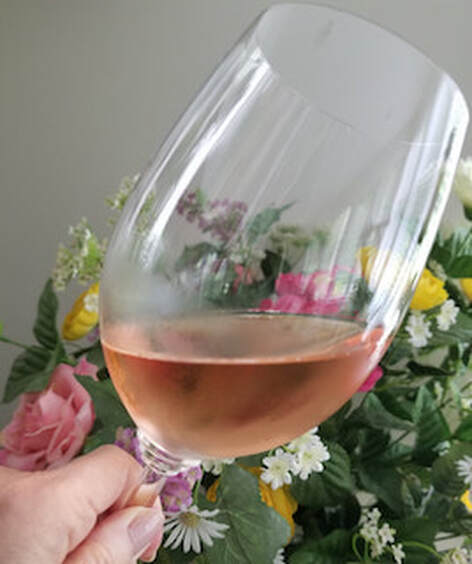
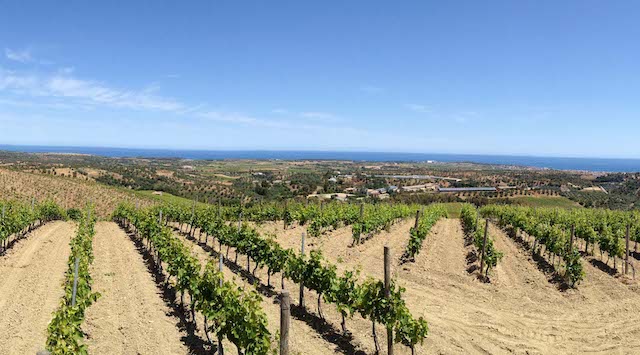

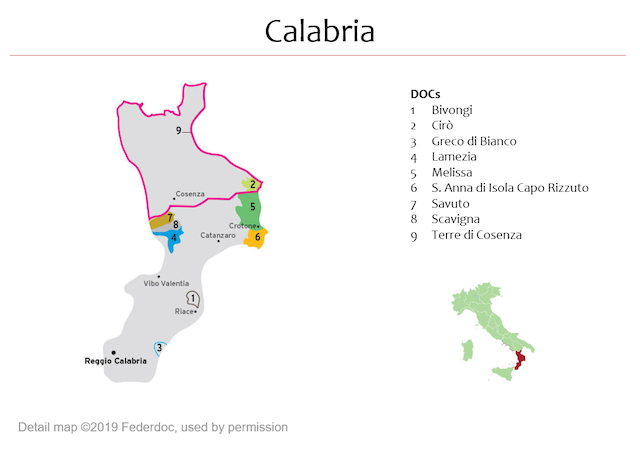
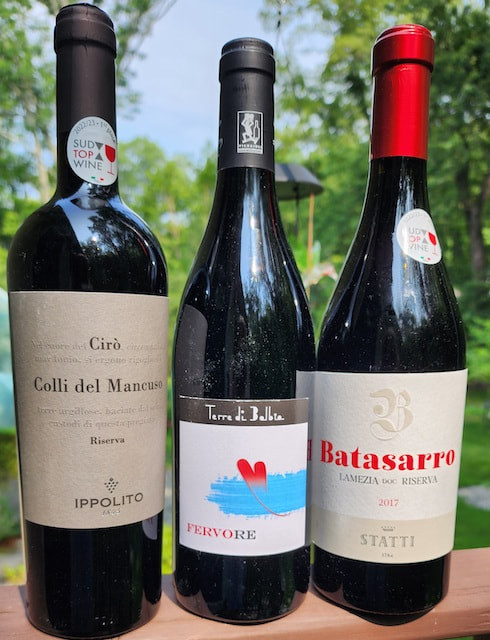
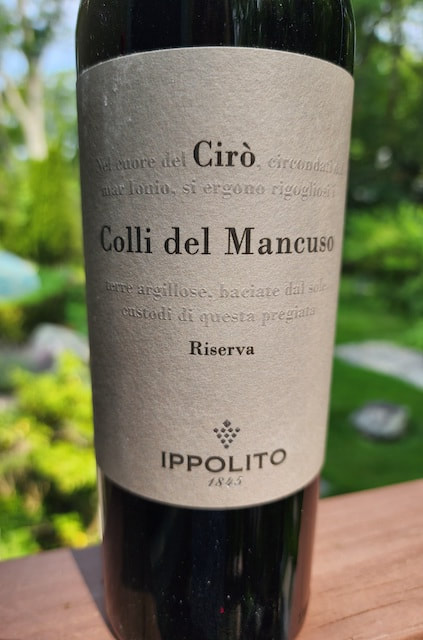
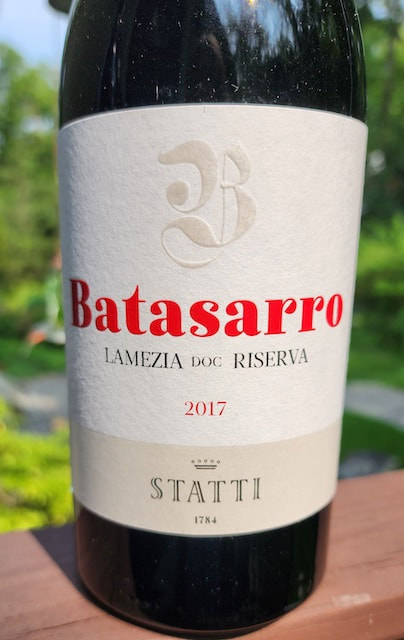
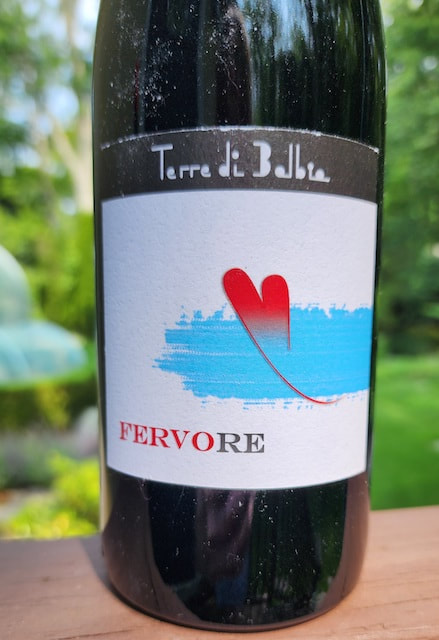
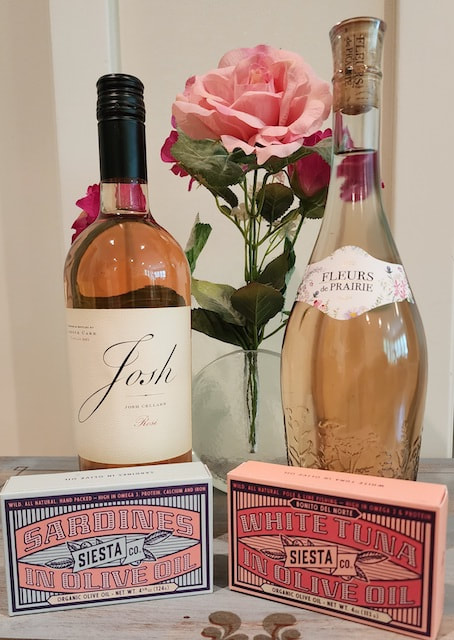
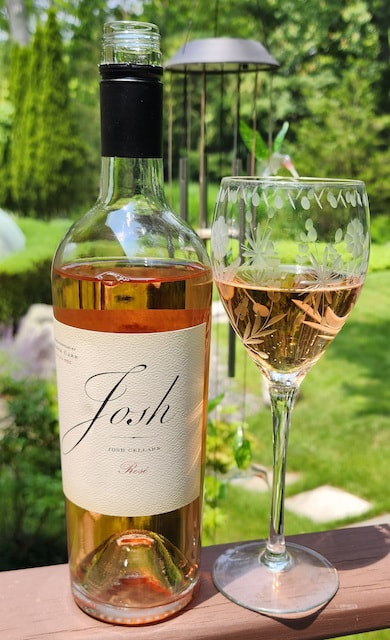
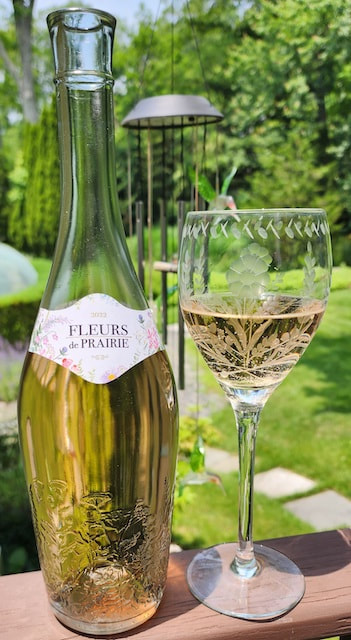
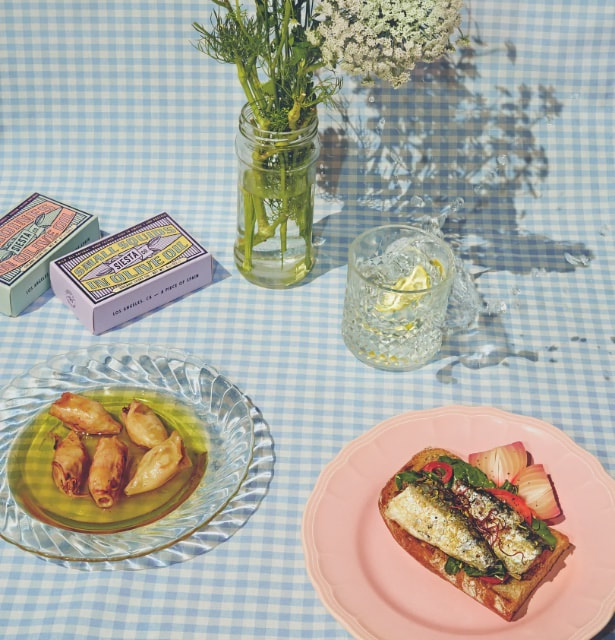

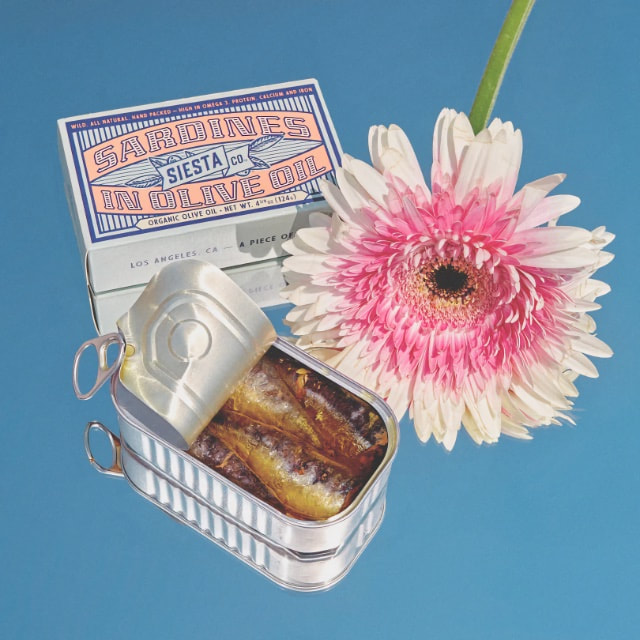
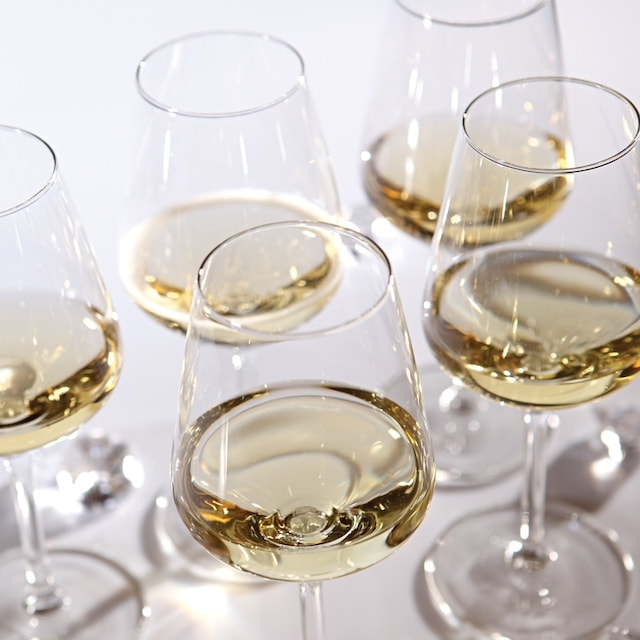
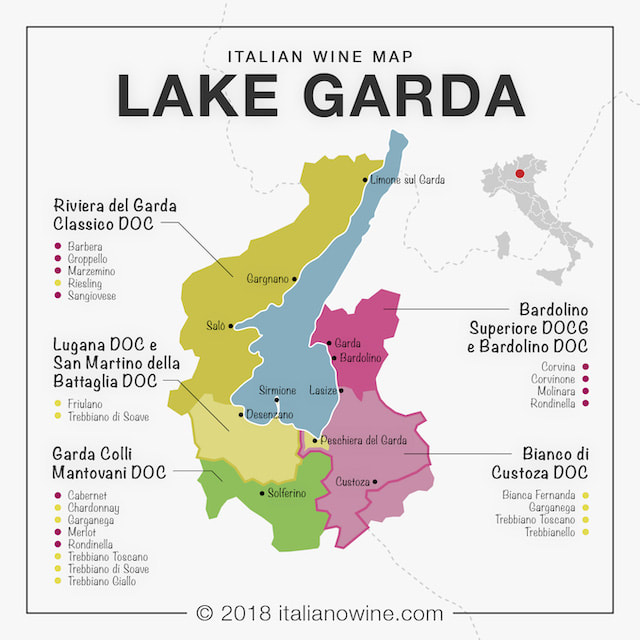
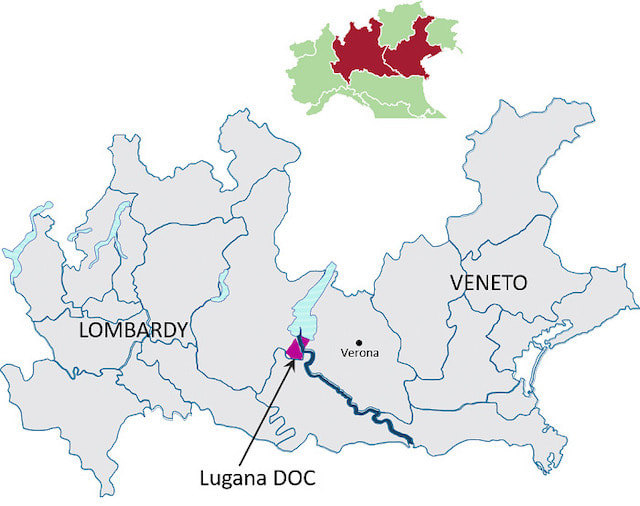
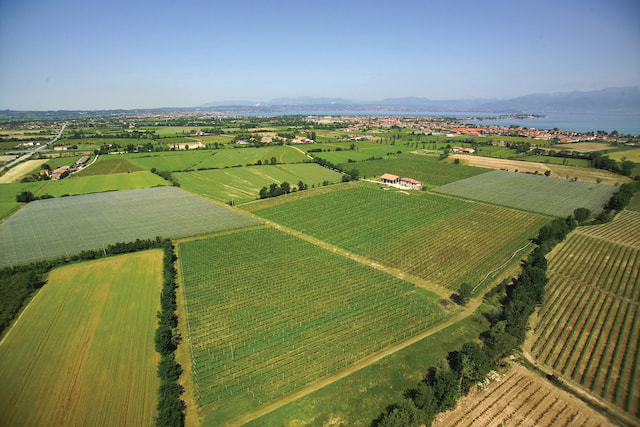
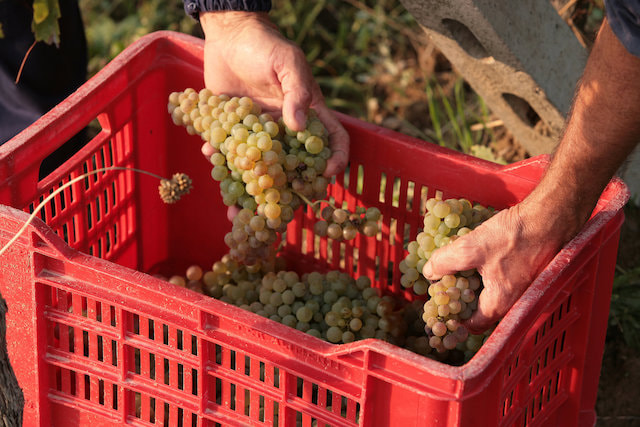
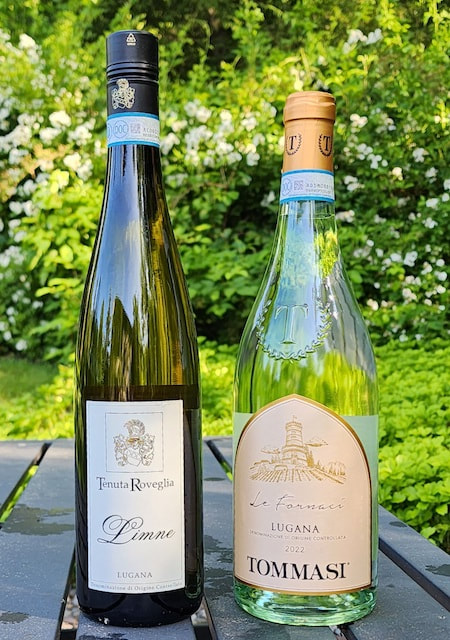
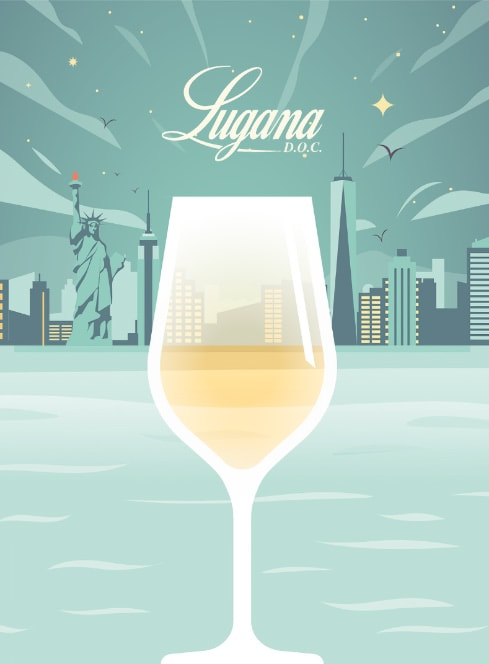
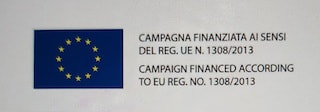
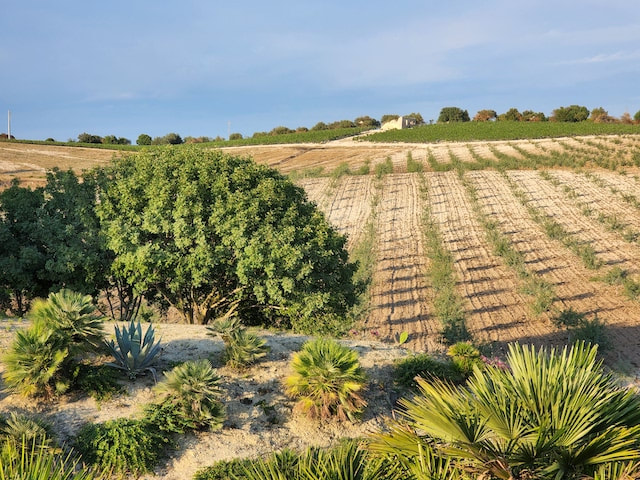
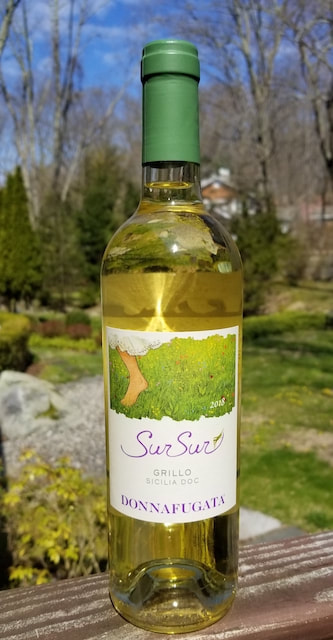
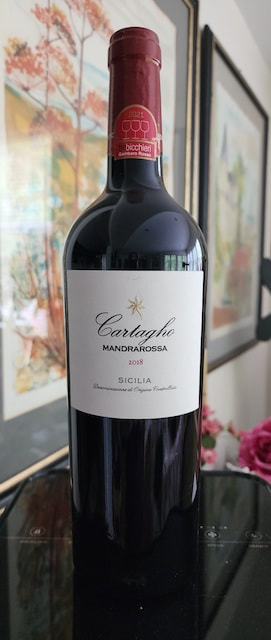
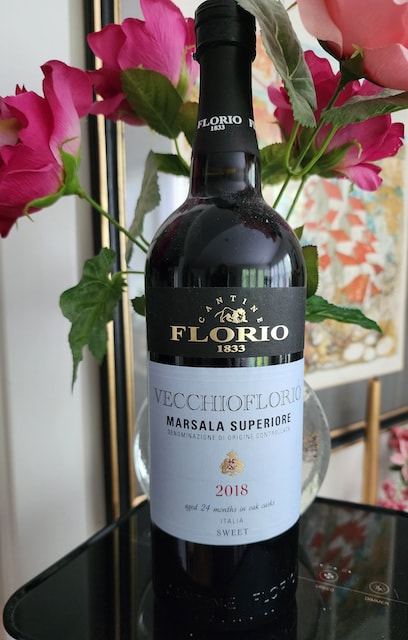
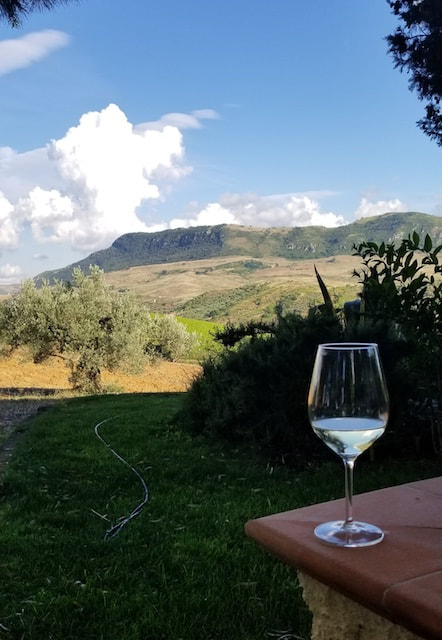
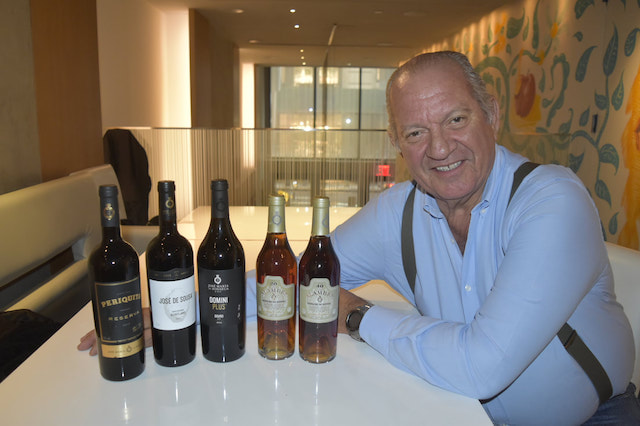
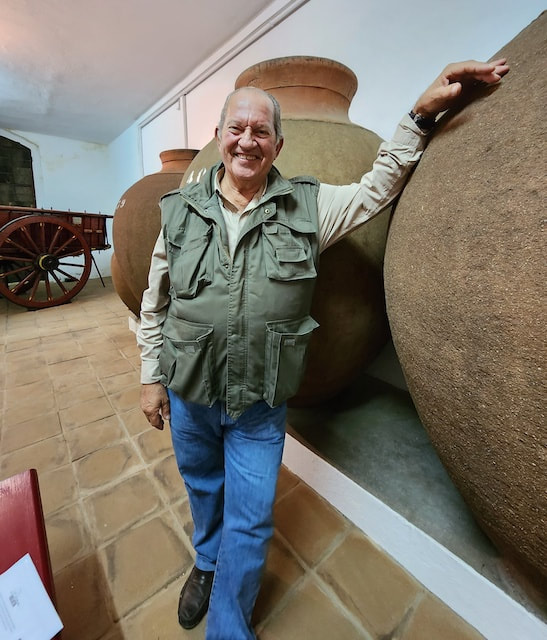

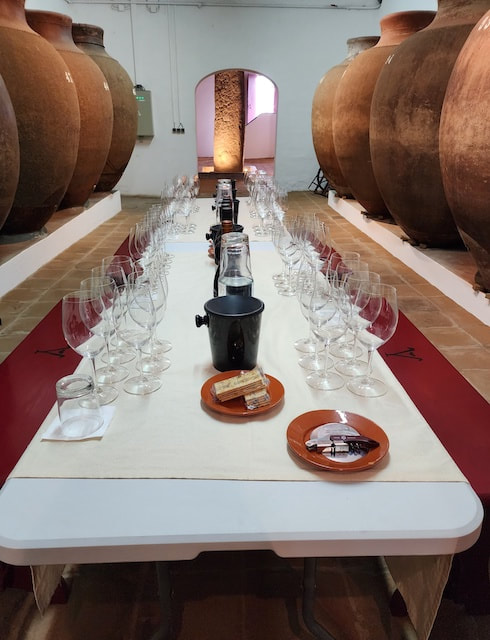
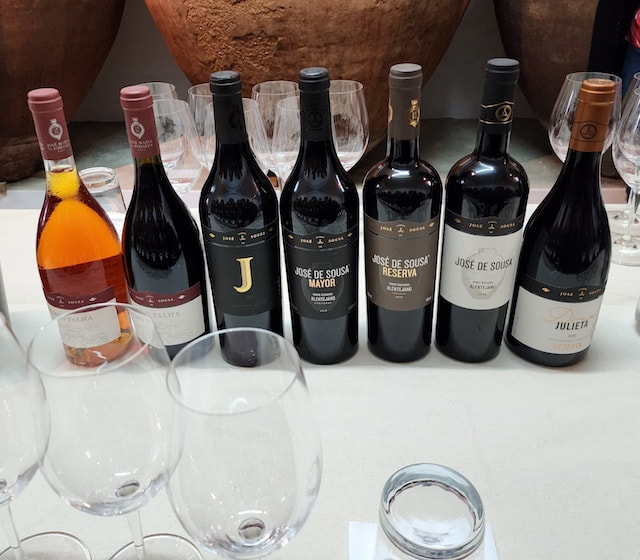
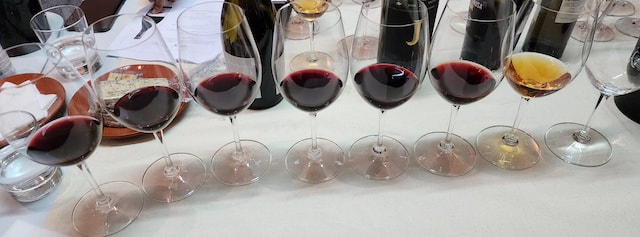
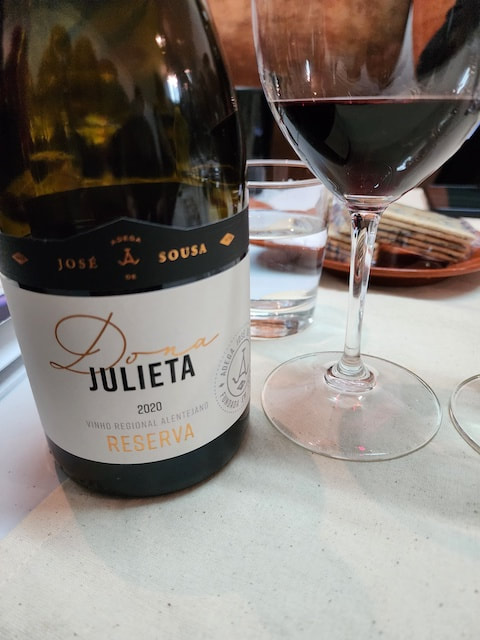

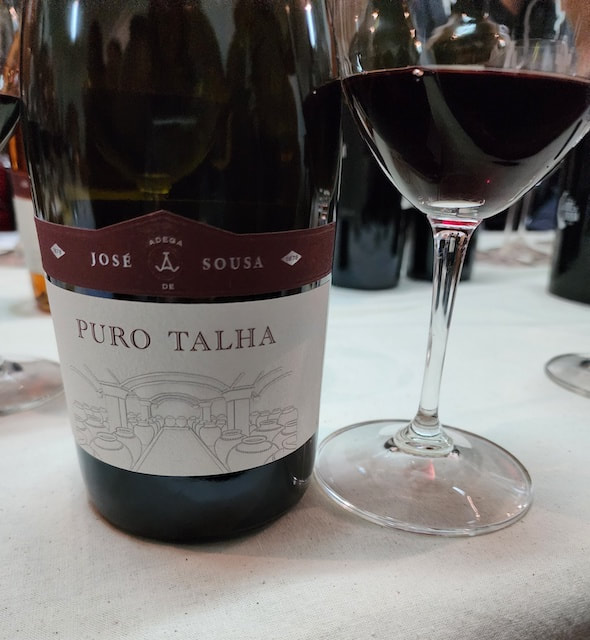
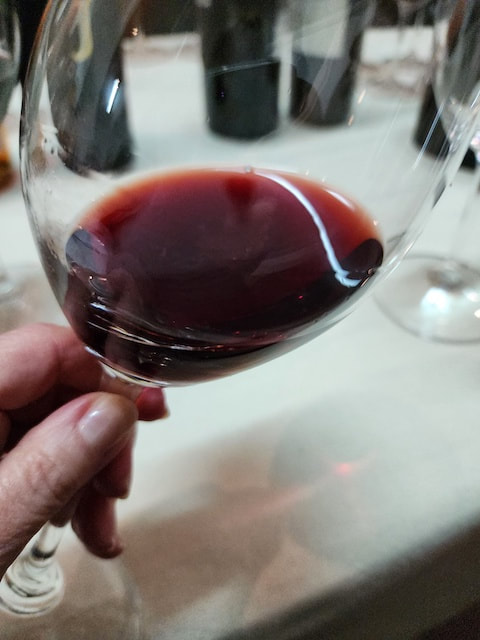
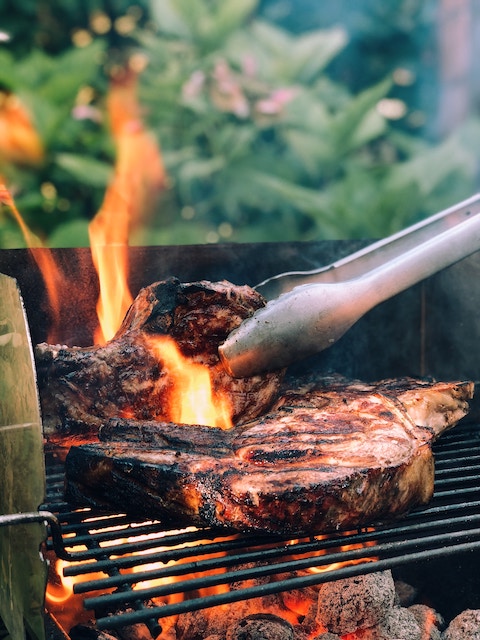
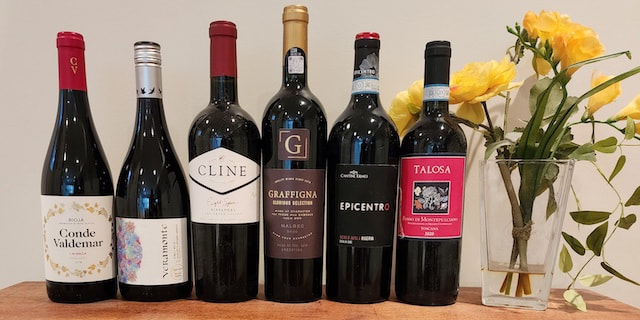
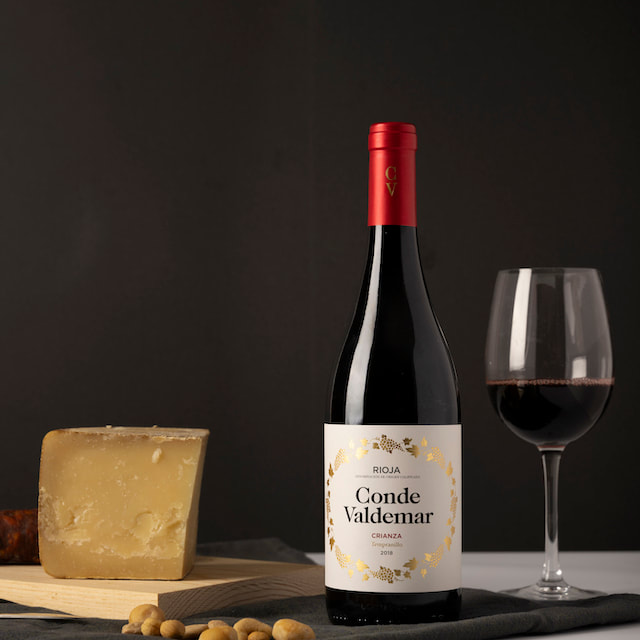
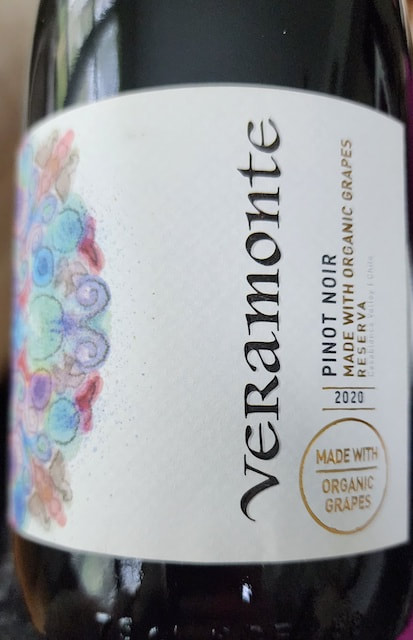
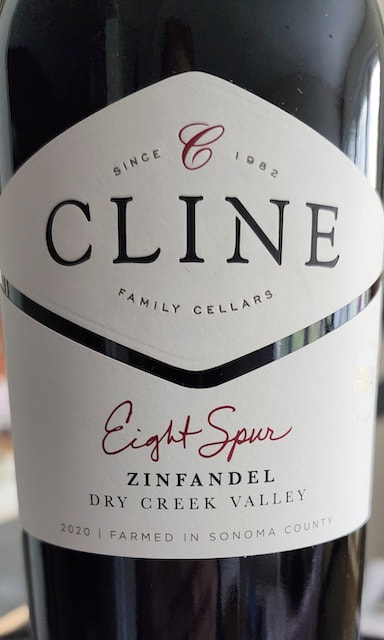
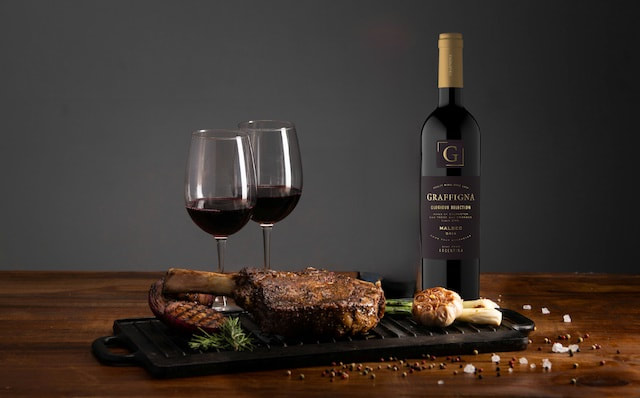
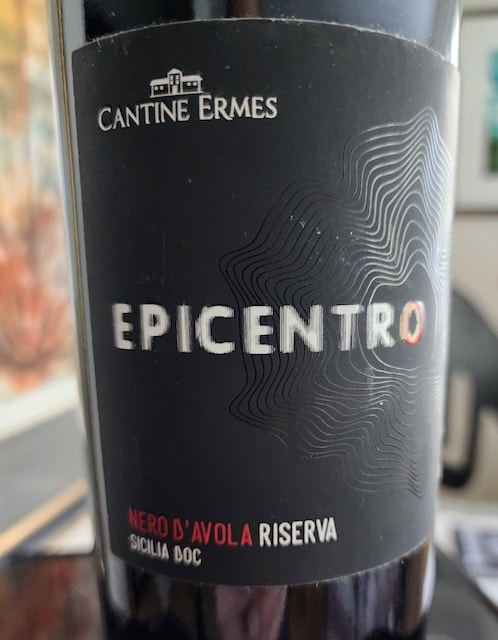

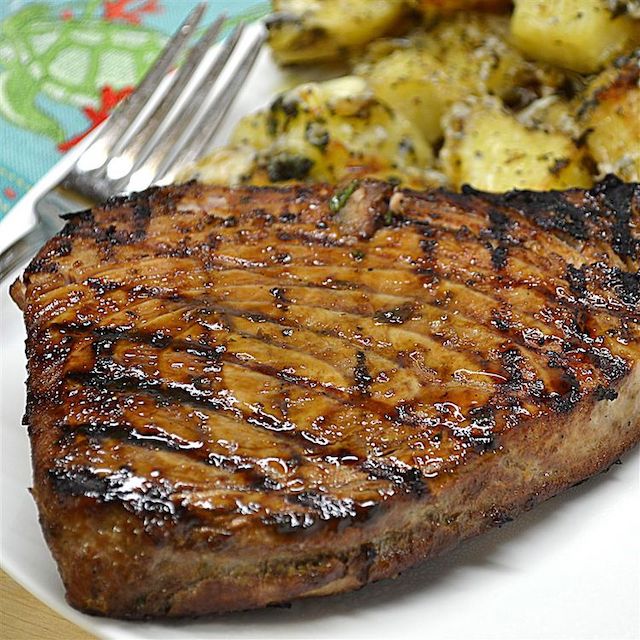
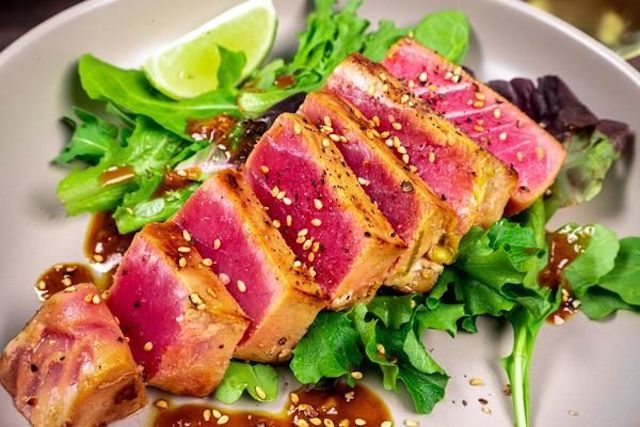
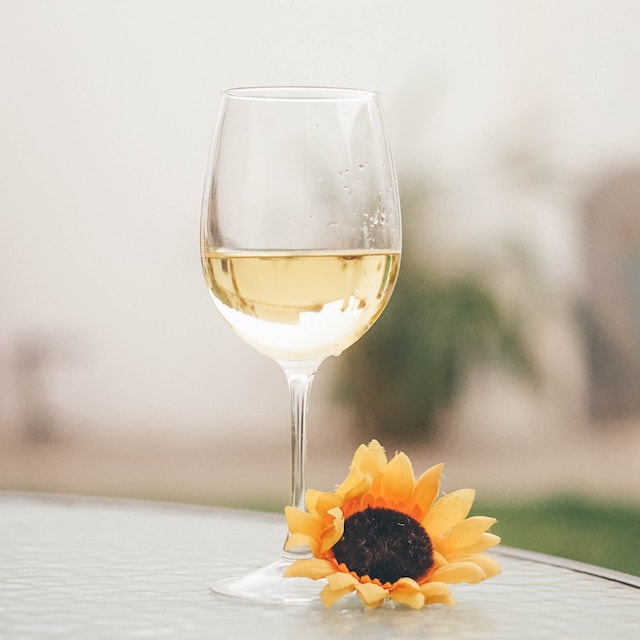
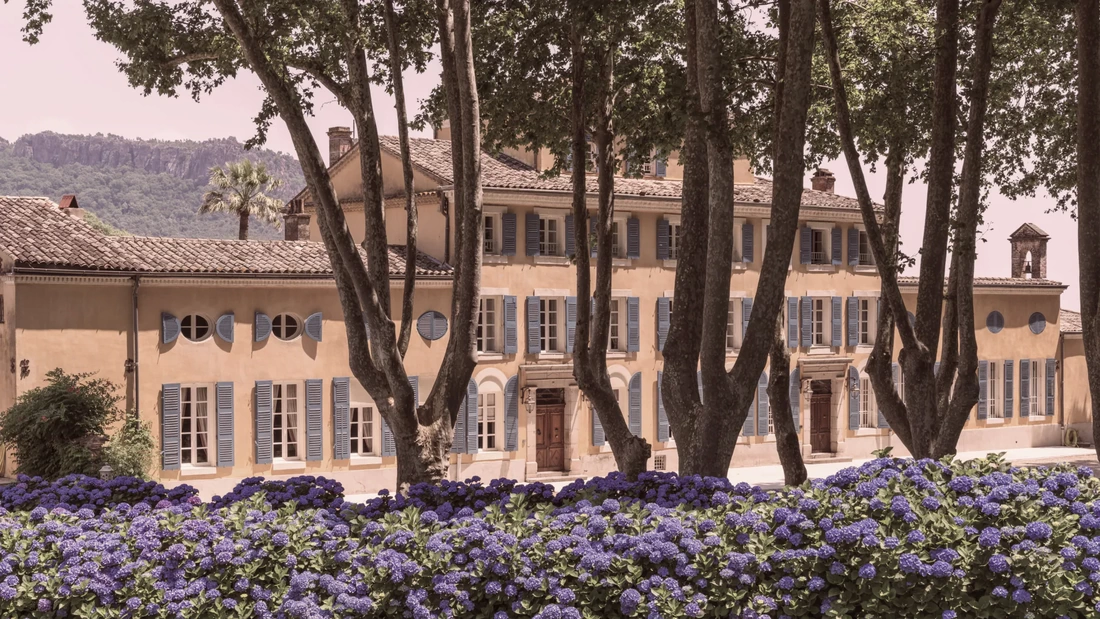
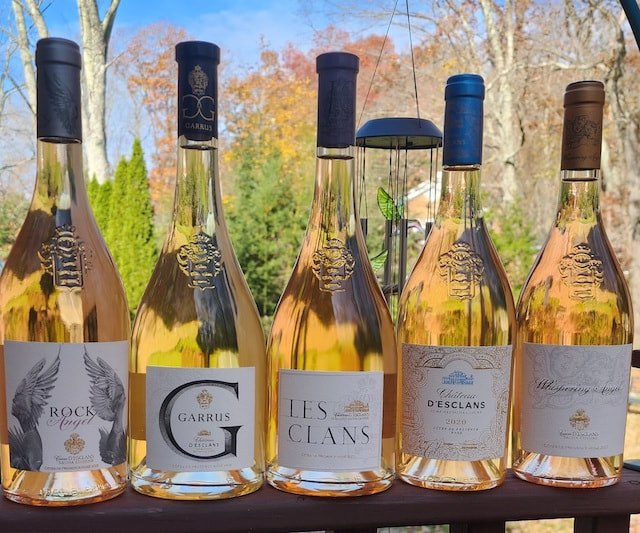
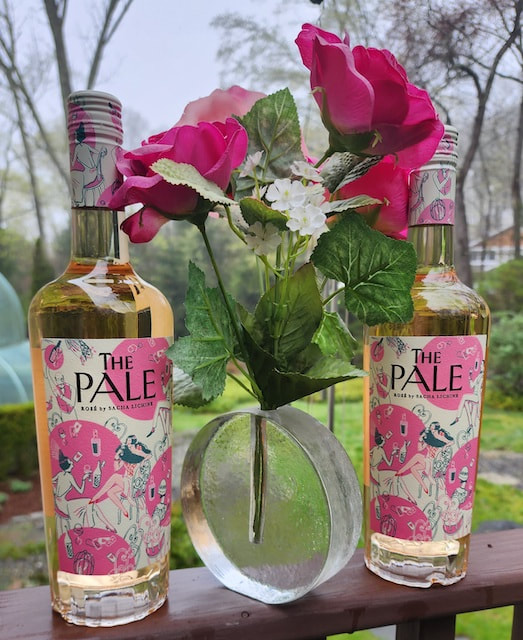
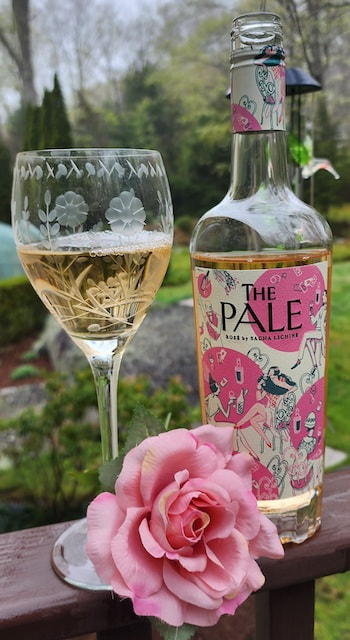


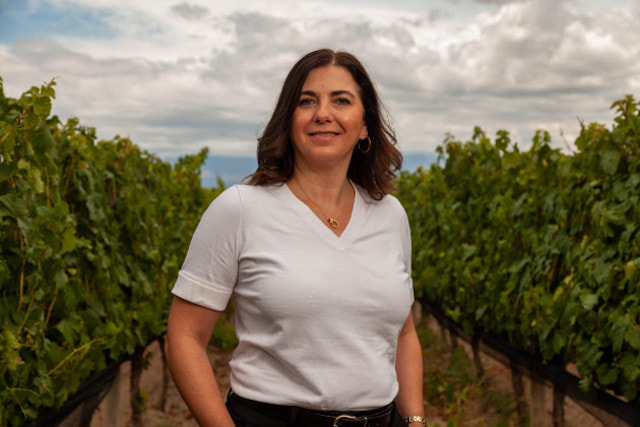
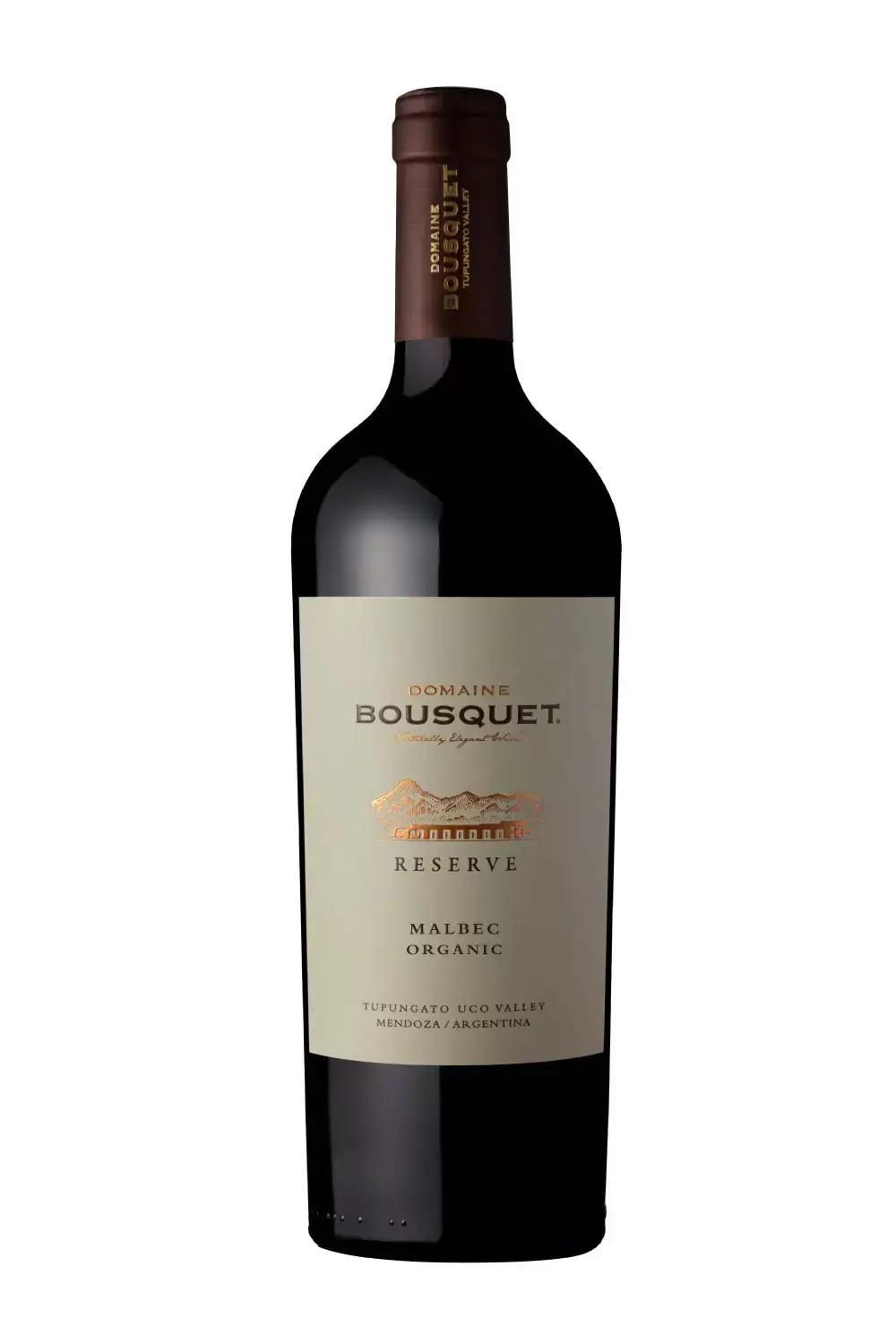

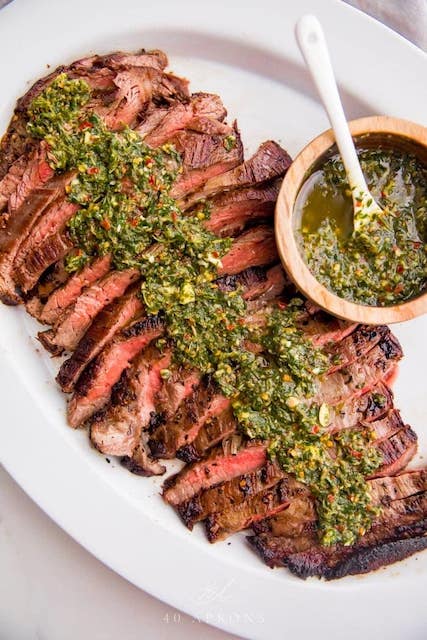
 RSS Feed
RSS Feed